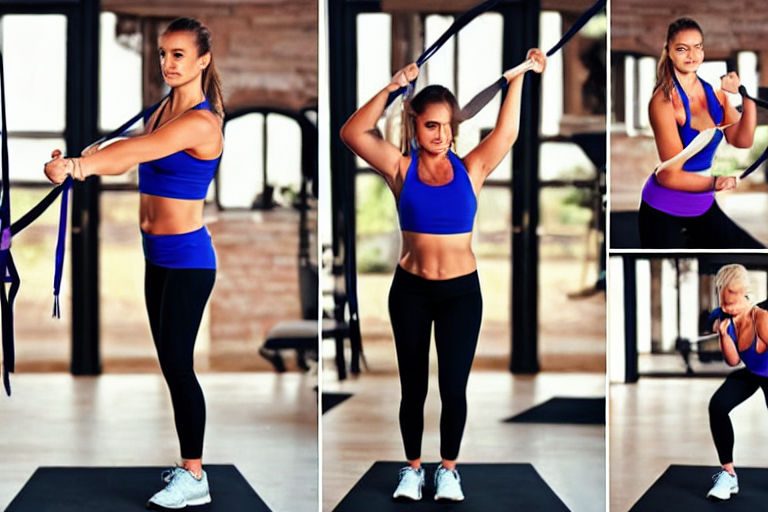Responsive Web Design: Enhancing User Experience with Advanced Event Techniques.
In the world of web design, responsive design is a must-have. Responsive web design is an approach to website creation that makes use of flexible layouts, images, and cascading style sheets (CSS). The goal is to create a website that can seamlessly adapt to the user's screen size, be it a desktop computer, tablet, or smartphone.
Responsive design alone, however, is not enough to ensure an overall satisfying user experience. Advanced event techniques, such as hover events, click events, and touch events, can help enhance user experience (UX) by improving user engagement and interaction.
Event Techniques for Improved UX
Hover Events
Hover events occur when the user moves the cursor over an element on the website. This technique can be used to enhance the website's usability by providing the user with additional information or functionality when they hover over a particular element.
One example of a hover event is using hover tooltips for images or text. This technique is useful when the website contains numerous images and text that cannot fit on a small screen. Hover tooltips allow users to hover over the image or text to view a brief description, improving the user experience.
Click Events
Click events occur when the user clicks on an element on the website, such as a link, button, or image. This technique can be used to initiate actions on the website, redirect users to another page, or open a modal window.
One example of a click event is the "show more" button on e-commerce websites. Instead of showing all the product information on the main page, the user can click the "show more" button to view additional information. This technique improves the user experience by providing users with a more organized and less overwhelming product page.
Touch Events
Touch events occur when the user taps, swipes, or pinches on a touch screen device. This technique can be used to create unique and engaging website designs that cater to touch screen users.
One example of a touch event is the swipe menu. Instead of using a traditional drop-down menu, users can swipe left or right to view more menu options. This technique improves the user experience by providing a more intuitive and engaging navigation system.
Advantages of Using Advanced Event Techniques
Incorporating advanced event techniques into a responsive website design can yield several benefits, including:
Improved UX
Advanced event techniques provide additional opportunities for engagement and interaction, which can lead to a more satisfying user experience.
Increased Accessibility
Advanced event techniques can help improve website accessibility by providing alternative ways of interacting with the website, such as touch events for users who cannot use a mouse.
Better SEO
Implementing advanced event techniques can improve website performance and load times, which is a key factor in search engine optimization (SEO) rankings.
Conclusion
Responsive web design combined with advanced event techniques can help create a user-friendly website design that caters to a variety of devices, screen sizes, and user preferences. By incorporating hover events, click events, and touch events, website owners can enhance their website's usability, accessibility, and overall user experience.



